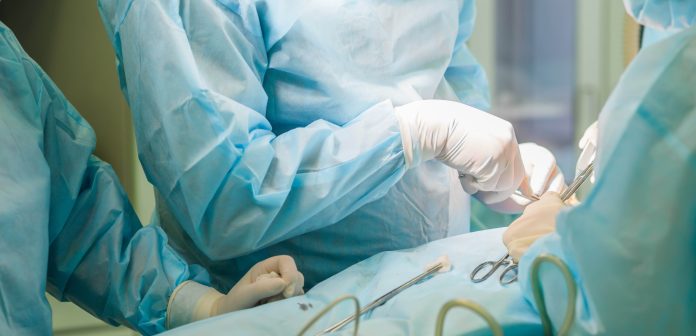Navigating nipple reconstruction after mastectomy is a significant aspect of the breast reconstruction journey for many individuals. Whether as part of a staged reconstruction process or a standalone procedure, nipple reconstruction plays a crucial role in restoring the natural appearance of the breasts and helping patients regain confidence and a sense of femininity. In this article, we provide an insightful guide to navigating nipple reconstruction after mastectomy, outlining what patients can expect throughout the process.
Understanding Nipple Reconstruction
Nipple reconstruction is a surgical procedure aimed at recreating a nipple on the breast mound following mastectomy. It is often performed as the final step in the breast reconstruction process, although it can also be done independently. Nipple reconstruction techniques vary, and the choice of method depends on factors such as the patient’s anatomy, preferences, and surgical history.
Timing and Sequence of Nipple Reconstruction
Nipple reconstruction options include performing it either during the initial breast reconstruction surgery or as a separate procedure after the breast mound has fully healed. Plastic surgeons typically decide on the timing and sequence of nipple reconstruction in consultation with the individual, and this may vary depending on their circumstances.
What to Expect During Nipple Reconstruction
Preoperative Preparation
Before nipple reconstruction, patients undergo a comprehensive consultation with their plastic surgeon to discuss their goals, preferences, and medical history. Preoperative assessments, including physical examinations and imaging studies, may be conducted to determine the most suitable surgical approach.
Surgical Procedure
During nipple reconstruction surgery, the plastic surgeon creates a nipple mound using local tissue flaps, surgical grafts, or synthetic materials. The procedure requires anesthesia, and the surgical technique depends on factors like the patient’s breast shape, skin quality, and the desired appearance of the nipple.
Recovery and Healing
Following nipple reconstruction, patients can expect a period of recovery during which they may experience temporary swelling, bruising, and discomfort. The surgical site will require proper care and monitoring to minimize the risk of complications and promote optimal healing.
Enhancing Nipple Appearance: Areola Pigmentation
In addition to nipple reconstruction, many patients choose to undergo areola pigmentation to enhance the natural appearance of the nipple-areola complex. This involves the application of medical tattooing techniques to simulate the color and texture of the areola, further refining the aesthetic outcome of nipple reconstruction.
Long-Term Results and Follow-Up Care
Over time, the newly reconstructed nipple settles into its final shape and position, providing patients with a more permanent outcome. Regular follow-up appointments with the plastic surgeon are essential to monitor healing progress, address any concerns, and ensure long-term satisfaction with the results of nipple reconstruction.
Conclusion
Navigating nipple reconstruction after mastectomy is an integral part of the breast reconstruction journey for many individuals. By understanding the process, timing, and expectations associated with nipple reconstruction, patients can make informed decisions about their treatment and achieve satisfying outcomes. Consulting with a board-certified plastic surgeon experienced in breast reconstruction is key to personalized care and successful nipple reconstruction results.








